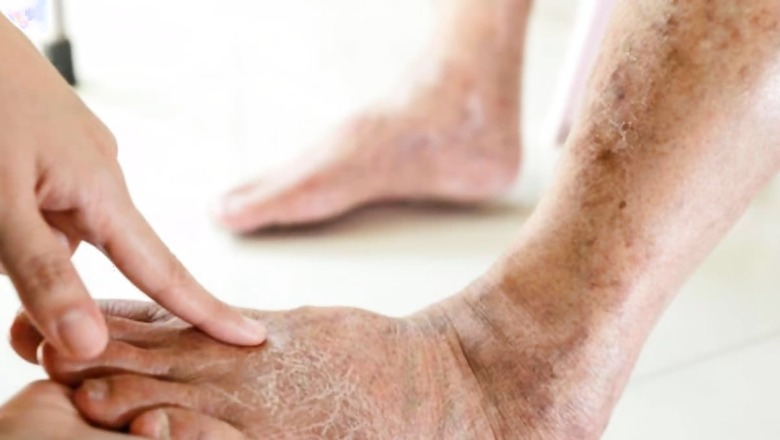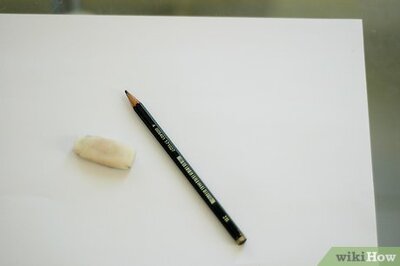
views
Washing your feet after coming from outside is a common practice in many cultures. In Ayurveda, washing your feet is more than just a hygienic practice; it’s a ritual that promotes balance and well-being. The ritual is often referred to as padaprakshalan. The term padaprakshalan combines pada (feet) with prakshalan (cleansing or washing).
Padaprakshalan holds significant importance in Ayurveda and various traditional wellness practices for several reasons:
Cleansing and Purification
The primary function of padaprakshalan is to cleanse the feet of impurities gathered throughout the day. Ayurveda views the feet as a focal point where external contaminants accumulate. This ritual helps to remove these impurities, promoting overall physical and spiritual cleanliness.
Grounding and Relaxation
Performing padaprakshalan is believed to have a grounding effect, helping to reconnect the individual with a sense of balance and tranquillity. The vata dosha, which controls the body’s mobility and activity is said to be related to the foot. Washing your feet serves as a transition from the external, often stressful environment to a more serene and restful state, facilitating relaxation.
Stimulates Circulation
The process of washing and massaging the feet enhances blood flow, which can contribute to improved circulation and overall vitality. This increased circulation helps invigorate the body and supports energy levels.
Promotes Foot Health
Regularly practicing padaprakshalan helps maintain foot hygiene by preventing the buildup of bacteria, fungi and other potential sources of infection. It also helps in alleviating fatigue and discomfort in the feet, making it beneficial for overall foot health.
Prepares for Rest
Washing the feet before bedtime is believed to help prepare the body for restful sleep as it calms your mind. The calming effect of the ritual can enhance sleep quality and contribute to a more restful night.
How to perform Padaprakshalan:
- Find a clean space where you can comfortably sit and clean your feet.
- Use warm water and add a few drops of essential oils (like lavender or sandalwood) or herbs (like neem or tulsi) for their additional soothing and antiseptic properties.
- Use your hands or a soft cloth to gently scrub the feet, paying attention to the areas between the toes and the soles. This helps remove any remaining dirt and dead skin.
- After cleansing, you can use your fingers to massage the feet, focusing on the arches and pressure points. This stimulates circulation and adds a relaxing element to the ritual.
- Use a clean, soft towel to gently pat your feet dry. Ensure they are thoroughly dried, especially between the toes, to prevent moisture buildup which can lead to fungal infections. And apply a nourishing foot cream or oil to keep the skin hydrated and soft.
Performing padaprakshalan regularly, especially at night can be a beneficial addition to your self-care routine, aligning physical cleanliness with mental and spiritual well-being.














Comments
0 comment